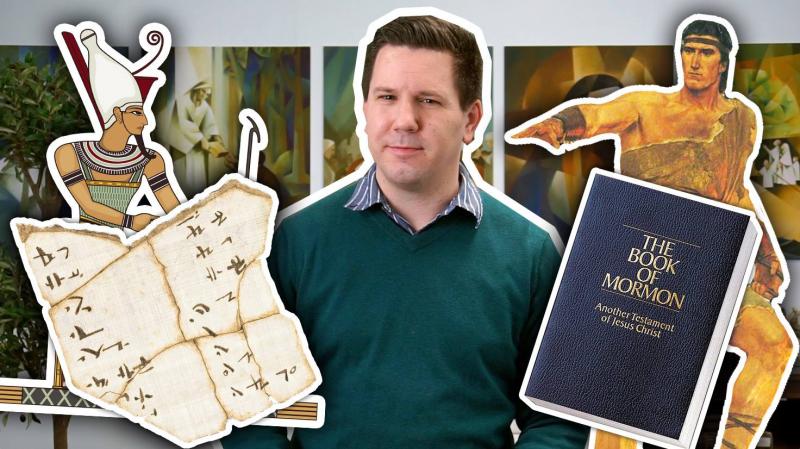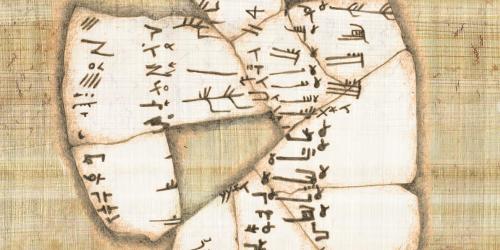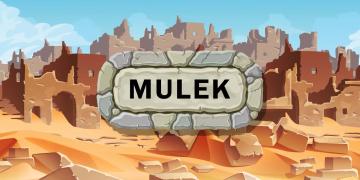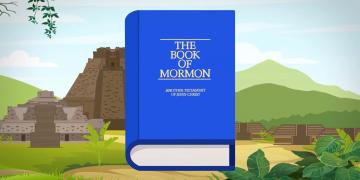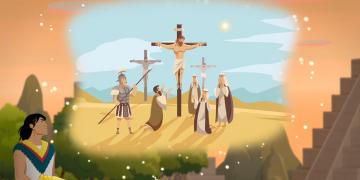You are here
Book of Mormon Central is in the process of migrating to our new Scripture Central website.
We ask for your patience during this transition. Over the coming weeks, all pages of bookofmormoncentral.org will be redirected to their corresponding page on scripturecentral.org, resulting in minimal disruption.
Nephi says he wrote using “the learning of the Jews and the language of the Egyptians” (1 Nephi 1:2). This idea was disputed almost the moment the Book of Mormon came off the press. In 1831, one critic wrote:
“The plates were inscribed in the language of the Egyptians …. As Nephi was a descendant from Joseph, probably Smith would have us understand, that the Egyptian language was retained in the family of Joseph; of this, however, we have no evidence.”1
Some critics today continue to make arguments like this one. But while there may not have been any evidence of this in 1831, the same cannot honestly be said in 2019.
This video explains some of the archaeological evidence for Egyptian writing in ancient Israel.
To learn more
Book of Mormon Central, “Did Ancient Israelites Write in Egyptian? (1 Nephi 1:2),” KnoWhy 4 (January 5, 2016).
Neal Rappleye, “Learning Nephi’s Language: Creating a Context for 1 Nephi 1:2,” Interpreter: A Journal of Mormon Scripture 16 (2015): 151–159.
John S. Thompson, “Lehi and Egypt,” in Glimpses of Lehi’s Jerusalem, ed. John W. Welch, David Rolph Seely, and Jo Ann H. Seely (Provo, UT: FARMS, 2004), 259–272.
John A. Tvedtnes and Stephen D. Ricks, “Notes and Communications—Jewish and Other Semitic Texts Written in Egyptian Characters,” Journal of Book of Mormon Studies 5, no. 2 (1996): 156–163.
Related Articles
- 1. Gimel, “Book of Mormon,” The Christian Watchman (Boston) 12/40 (October 7, 1831).
Subscribe
Get the latest updates on Book of Mormon topics and research for free


